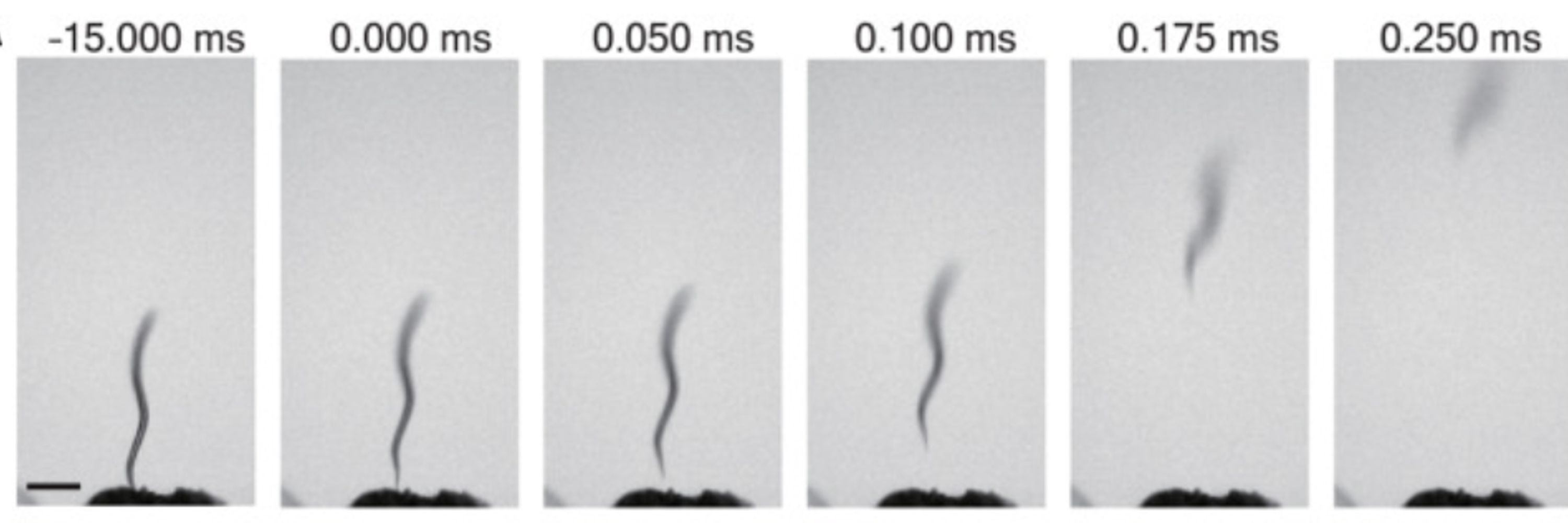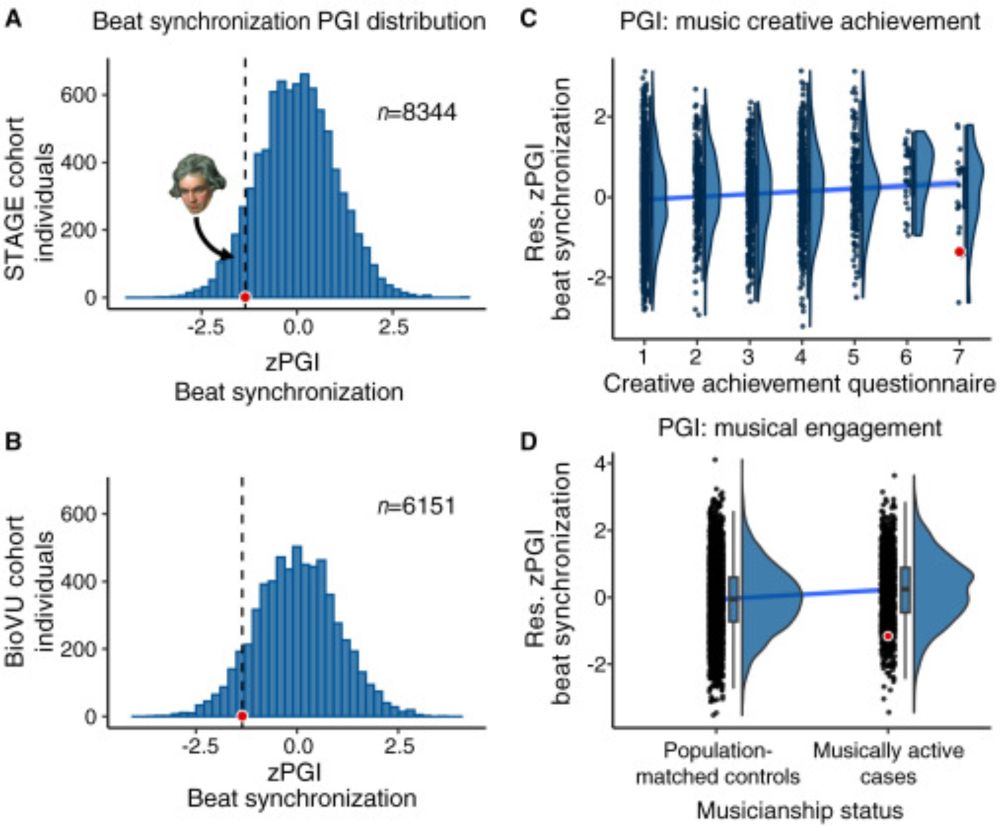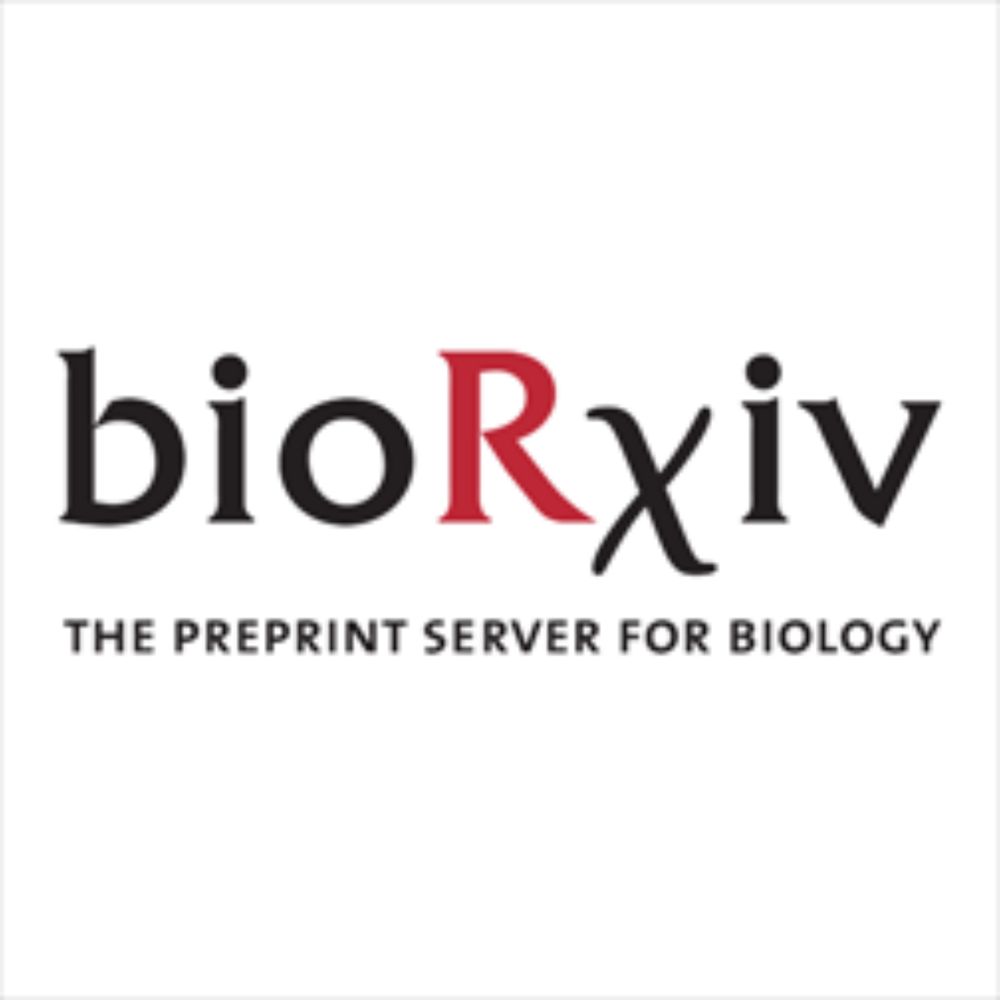

@donyaniyaz.bsky.social
@lucalivraghi.bsky.social
High efficient, glowing eye and silk gland markers
peerj.com/articles/202...
@peerj.bsky.social
@donyaniyaz.bsky.social
@lucalivraghi.bsky.social
High efficient, glowing eye and silk gland markers
peerj.com/articles/202...
@peerj.bsky.social

www.science.org/doi/10.1126/...

www.science.org/doi/10.1126/...
Paper: www.nature.com/articles/s41...

Paper: www.nature.com/articles/s41...
There is SO much left to find & investigate in this dataset (& the rich biology of the Aedes aegypti mosquito)! We hope this helps scientists in many fields!
www.cell.com/cell/fulltex...

There is SO much left to find & investigate in this dataset (& the rich biology of the Aedes aegypti mosquito)! We hope this helps scientists in many fields!
www.cell.com/cell/fulltex...
I am very excited to share with you our publication building Deep3DSIM microscope using adaptive optic. It allows imaging into an intact fly brain >130 microns with high quality 3DSIM as well as remote focusing without moving the objective or specimen.

I am very excited to share with you our publication building Deep3DSIM microscope using adaptive optic. It allows imaging into an intact fly brain >130 microns with high quality 3DSIM as well as remote focusing without moving the objective or specimen.

#neuroskyence
www.thetransmitter.org/neural-dynam...

#neuroskyence
www.thetransmitter.org/neural-dynam...
We compared deer mice evolved in forest vs prairie habitats. We found that forest mice have:
(1) more corticospinal neurons (CSNs)
(2) better hand dexterity
(3) more dexterous climbing, which is linked to CSN number🧵
We compared deer mice evolved in forest vs prairie habitats. We found that forest mice have:
(1) more corticospinal neurons (CSNs)
(2) better hand dexterity
(3) more dexterous climbing, which is linked to CSN number🧵
www.biorxiv.org/content/10.1...

www.biorxiv.org/content/10.1...
Work by @Jeff Moore now at USC, a collaboration with @Sam Pfaff lab


Work by @Jeff Moore now at USC, a collaboration with @Sam Pfaff lab


www.nature.com/articles/s44...
Full access to the paper: rdcu.be/eK167

www.nature.com/articles/s44...
Full access to the paper: rdcu.be/eK167
“Sexual dimorphism in the complete connectome of the Drosophila male central nervous system” www.biorxiv.org/content/10.1...
We describe the #connectomics reconstruction and analysis of an entire adult #maleCNS #drosophila central nervous system. 1/10
“Sexual dimorphism in the complete connectome of the Drosophila male central nervous system” www.biorxiv.org/content/10.1...
We describe the #connectomics reconstruction and analysis of an entire adult #maleCNS #drosophila central nervous system. 1/10
www.biorxiv.org/content/10.1...

www.biorxiv.org/content/10.1...
And we are hiring postdocs & tech associates! dorkenwaldlab.com/join

And we are hiring postdocs & tech associates! dorkenwaldlab.com/join
www.cell.com/cell-reports...

www.cell.com/cell-reports...
academic.oup.com/g3journal/ad...

academic.oup.com/g3journal/ad...
Paper: arxiv.org/abs/2510.03684
🧵
Paper: arxiv.org/abs/2510.03684
🧵

